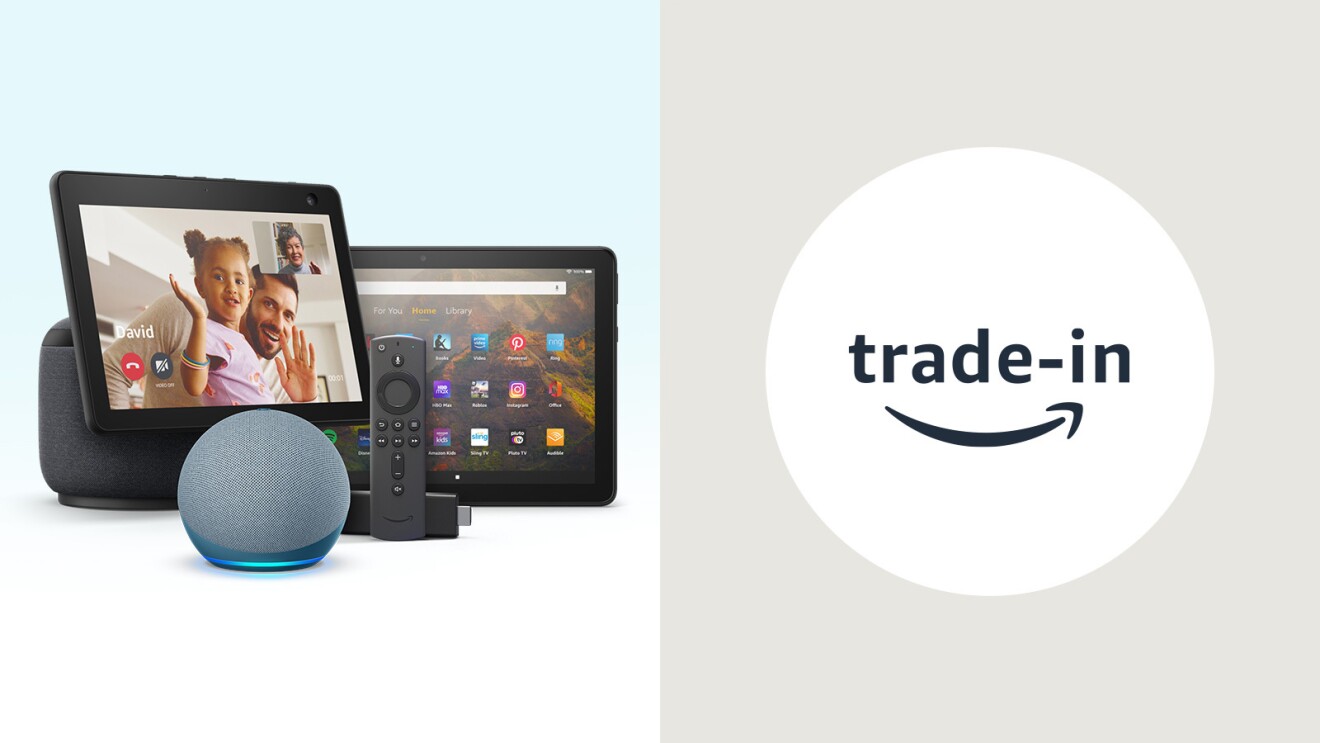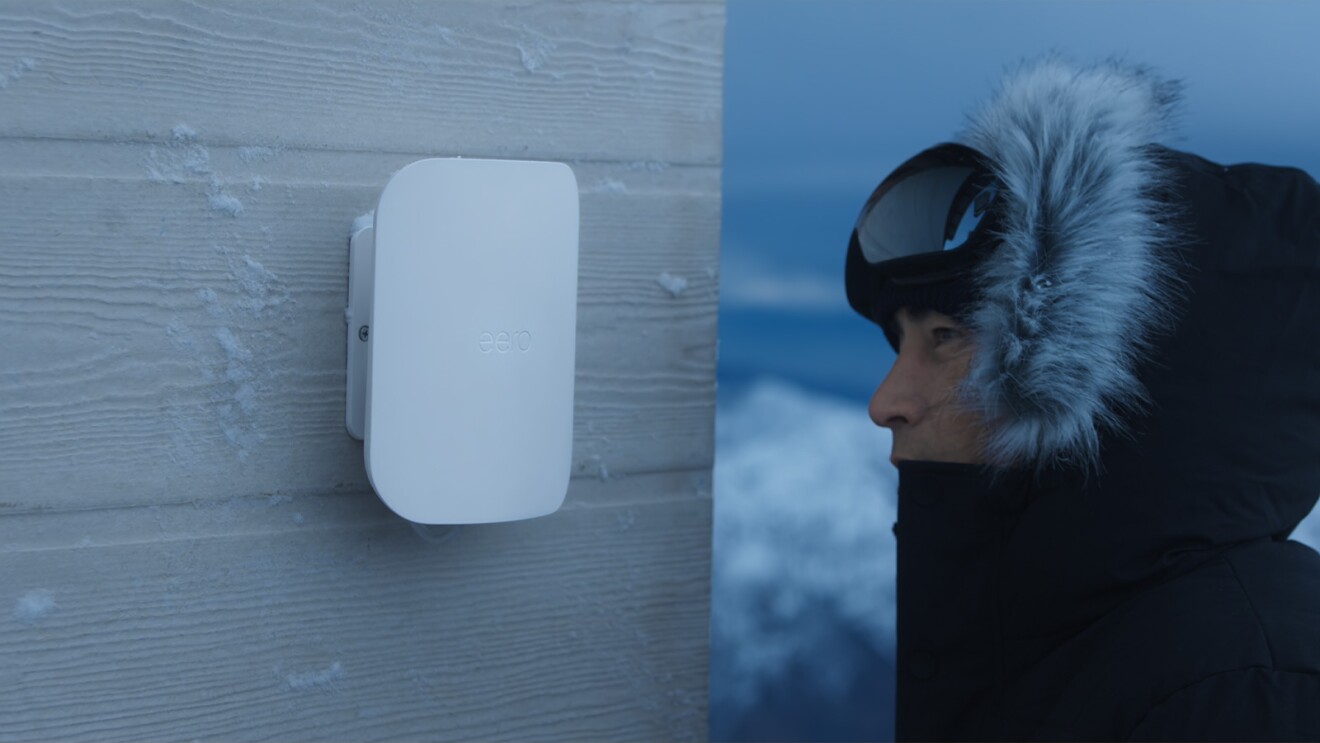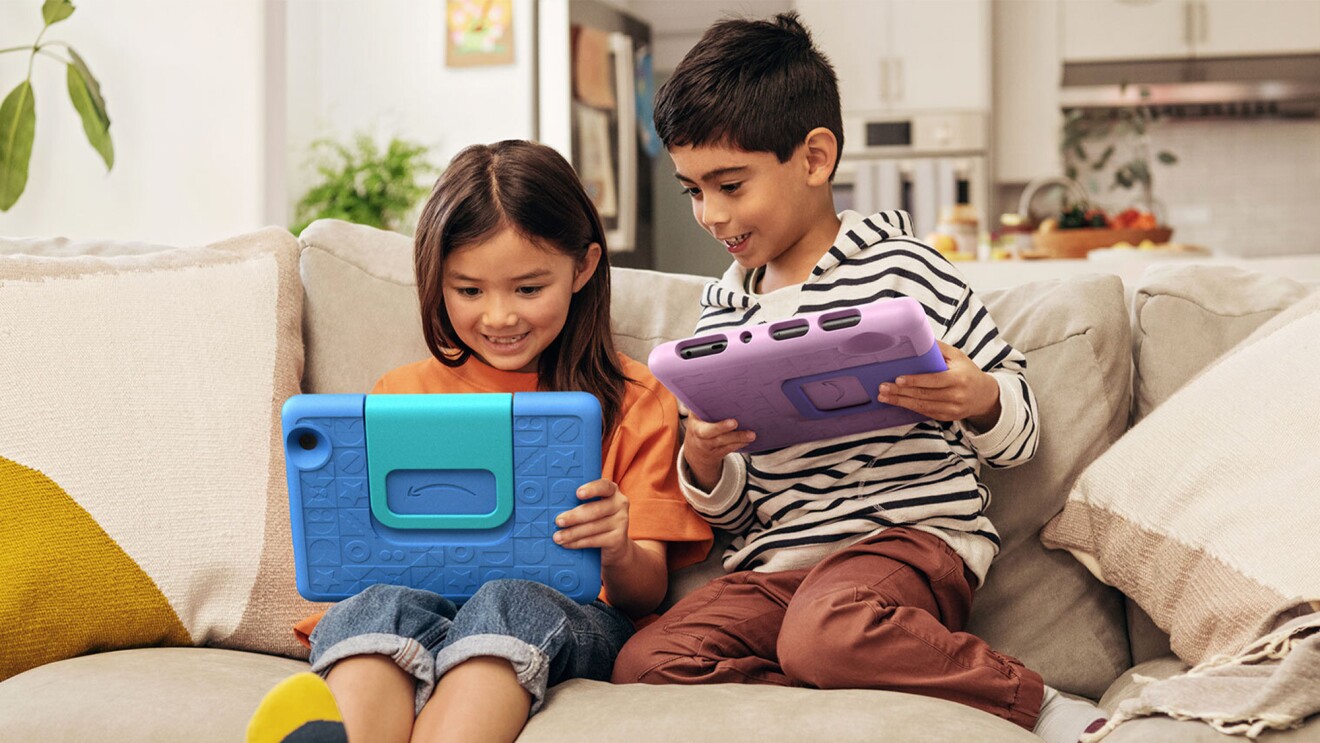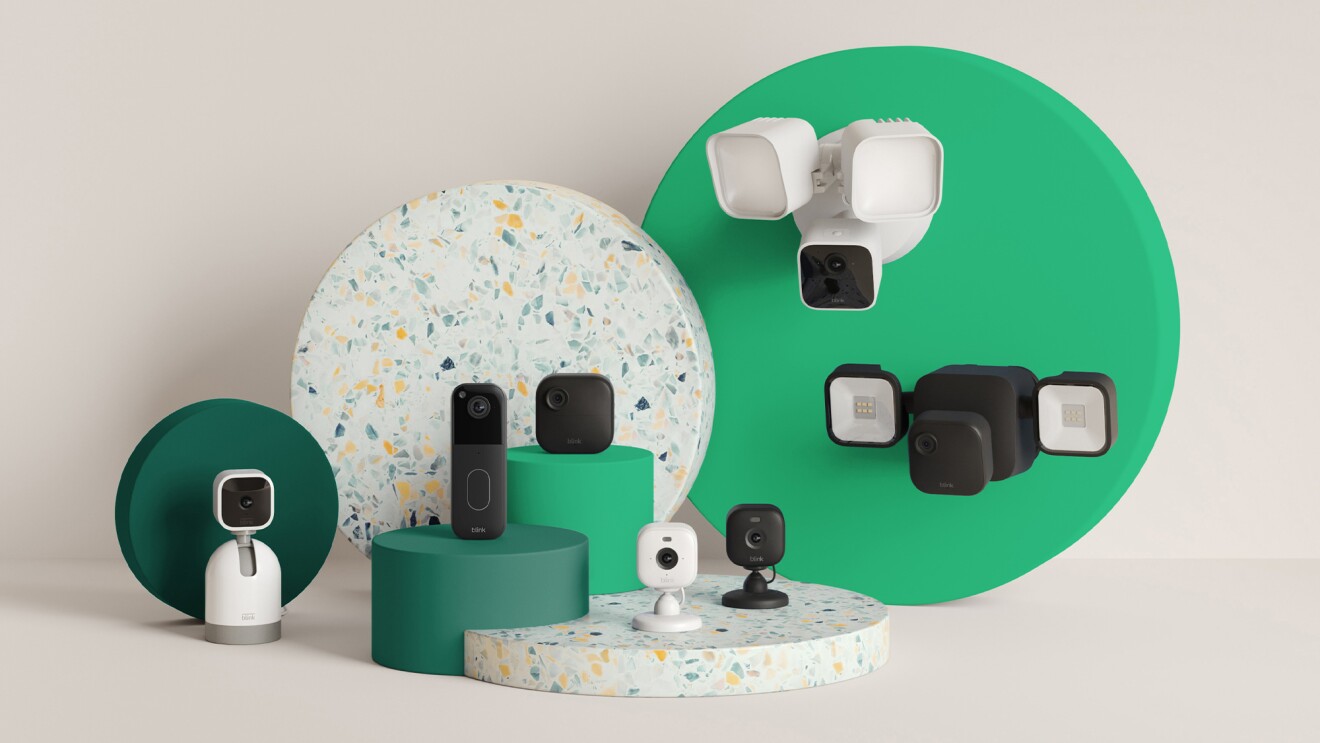We build devices for everyday life. We strive to make our devices and services increasingly useful throughout the day, whether that’s going through your morning routine with Alexa, listening to the latest podcast on your Echo Buds, or getting a suggestion to turn off lights when Alexa has a hunch you’re away. Each of these experiences are designed to keep getting better over time. That’s why we regularly issue automatic over-the-air software updates, because we believe your devices should be useful for years.
But there’s another reason we’re proud to build longer-lasting devices: it supports our sustainability goals.
It’s simple when you think about it. Building, packing, and shipping a device to customers produces carbon emissions. The longer that device stays reliable and useful for customers, the more likely a customer is to keep using it, leading to less carbon being emitted by building and shipping new replacements.
We wanted to better understand just how much carbon can be avoided this way, so we developed a method to measure the impact the longevity of our devices has on carbon emissions.
We discuss this research in a paper, which I co-authored with Kok Yiang, a senior reliability technologist, and Lin Shi, a sustainability scientist. The paper discusses how our efforts to build durable and longer-lasting devices can contribute to significant carbon footprint reductions. It was peer-reviewed and recently presented at the European Conference on Safety and Reliability. We hope it will help drive change in the wider industry and show how Amazon and other consumer electronics makers can quantify the emissions reductions of improved durability—further incentivizing the production of longer-lasting devices.
Primed for sustainability

While we’re always striving to be better, we set a high bar for ourselves when it comes to device longevity. In fact, one of our guiding principles in the Devices & Services organization is to build devices that last longer than customers may expect.
We have a long track record of building durable devices that are deeply integrated with services, and focus on offering incredible value for customers with those services. We’re incentivized by our customer obsession, and ability to make our devices and services increasingly delightful and useful for years. That’s why customers who bought a Kindle Paperwhite in 2012, for example, can still buy and read books a full 10 years later.
When devices provide utility and enjoyment for the better part of a decade, customers benefit—but so does the planet. Fewer upgrades mean more savings for our customers. And, as our research has shown, building devices that are longer-lasting reduces carbon emissions.
This gives you, the customer, a simple way to help cut emissions—by keeping your device for as long as it remains useful and delightful
For example, based on the mathematical model that we developed for modeling carbon emissions, we calculated that for each year you keep your Fire HD 10 tablet (32GB), you would save 16.8 kilograms of CO2e emissions1. According to U.S. EPA estimates, that’s the same amount of carbon emissions created by charging your phone over 2,000 times (more than five years’ worth of charging if you charged your phone every night). Or, if you were to upgrade your Echo Show 10 every five years instead of every two years, you can save 125.8 kg of CO2e—the equivalent of 312 miles traveled in an average gas-powered passenger car, according to that same EPA calculator.
Giving your devices a second life

While we build devices to last for years, we recognize that sometimes, you might want to replace them.
When that time comes, we try to make it easy for customers to retire their products without sending them into the waste stream. Through Amazon Trade-In, customers in the U.S., UK, and Germany can trade in thousands of eligible items for an Amazon.com gift card. Many of these devices are then reset, refurbished, tested, and sold to new customers through our Pre-Owned Amazon Devices program, which helps to further extend the lifetime of Echo, Fire tablet, Fire TV, and Kindle devices.
But, some electronic equipment cannot be repaired or traded in, and in those instances we do our best to make it easy for customers to recycle items free of charge through programs like Amazon Device Recycling in the U.S. and Recycle with Amazon in Europe.
Our continued investment in these programs represents just a few of the ways we’ll continue to deliver customers a delightful and more-sustainable experience through the whole life cycle of our devices—from design all the way to responsible disposal. It’s still Day 1 here—we’ll continue to learn, listen to customer feedback, and work toward building devices that are even more durable and longer-lasting.
1This calculation was made under the assumption that a customer would use their Fire HD 10 tablet for four years, seven months, and one day, instead of three years seven months and one day.
Trending news and stories
- Meet Project Rainier, Amazon’s one-of-a-kind machine ushering in the next generation of AI
- What’s new for Prime Day 2025? 4 things that make this year’s event different
- See Judge Judy Sheindlin in the trailer for ‘Justice on Trial,’ coming to Prime Video
- How to watch every ‘Jurassic Park’ movie on Prime Video









